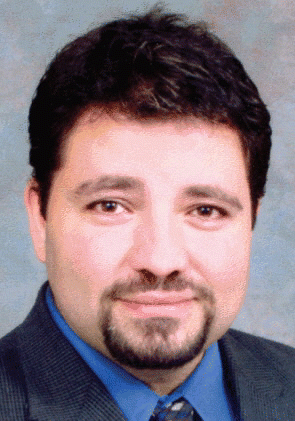Dr. Merati and Dr. Blumin both noted that this procedure has a shallow learning curve. Said Dr. Merati, This procedure is relatively easy to perform compared to a thyroplasty, where the patient is awake and talking! George S. Goding Jr., MD, Associate Professor in the Department of Otolaryngology at University of Minnesota Medical School in Minneapolis, said that the results from the first case should be as good as after several cases. The primary challenge is identification of the donor and recipient nerves. The most critical aspect of the case is to do the surgery on the correct side. If the wrong side is reinnervated, bilateral vocal fold immobility and airway obstruction could result.
Explore This Issue
January 2009 There are thousands of patients every year whose physicians tell them that there is nothing that can be done for their hoarseness, and patients sit there, humbly, waiting for their voices to come back.
There are thousands of patients every year whose physicians tell them that there is nothing that can be done for their hoarseness, and patients sit there, humbly, waiting for their voices to come back.
-Albert L. Merati, MD
What It Does-and Doesn’t-Do
Vocal fold paralysis results from idiopathic and iatrogenic causes (including thyroidectomy, anterior cervical spine procedures, and even coronary artery bypass surgery). Whether due to known or unknown causes, the denervated vocal fold loses its stiffness, leading to inferior vibratory patterns of the two unequal vocal fold masses. The symptom most often noticed by patients is hoarseness, although in some cases dysphagia and aspiration may also be present. (Laryngeal reinnervation may not be advocated in the latter two cases, noted Dr. Blumin, because of the length of the healing period.) Vocal fold medialization-which can be accomplished by injection, arytenoid adduction, and thyroplasty-attempts to remedy this situation by pushing the denervated vocal fold closer to its medial position so that phonation is improved. The optimal medialization procedure has not been established-and none of these procedures restores vocal fold movement to the affected fold. However, many studies, including those by Dr. Crumley and others, such as Gerald S. Berke’s group at UCLA,3 have established that reinnervation improves vocal fold bulk and muscle tone. These improvements mean that the formerly paralyzed vocal fold, in conjunction with the normal opposite vocal fold, can produce improved phonation.
When we reinnervate a patient’s vocal cord after paralysis, we don’t restore normalcy, Dr. Blumin emphasized. That is, we don’t restore normal vocal cord motion. Like thyroplasty, adduction, or other techniques, we’re basically restoring the position of the vocal cord, and allowing the other vocal cord to contact that more efficiently and improve the voice.
Leave a Reply